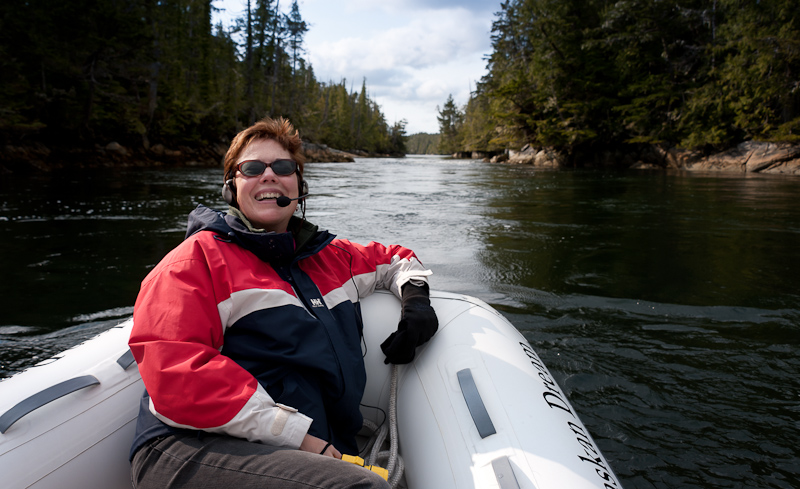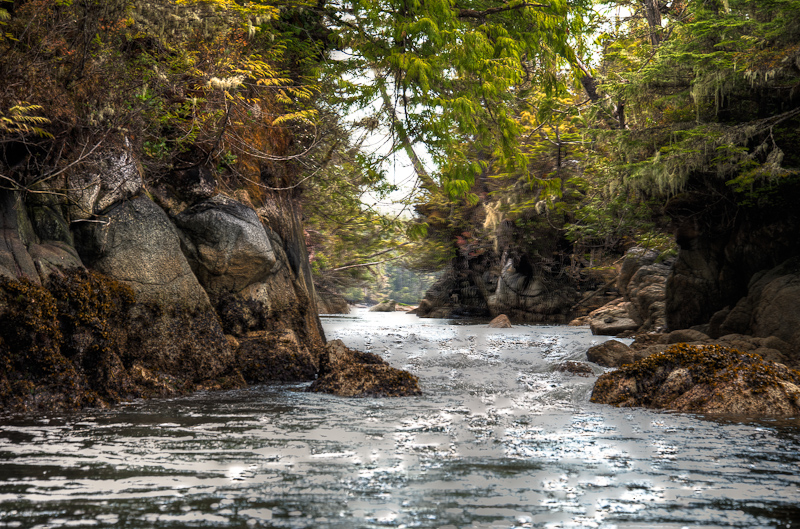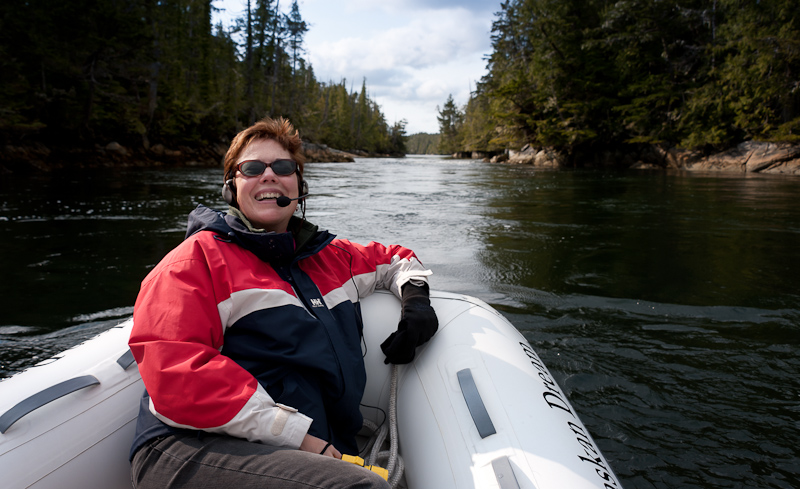Miles Inlet to Fly Basin
/We awoke to sun and not a cloud in the sky. Today is the day we round the infamous Cape Caution. Renowned for its crappy seas, Karen has read everything she can about making the passage. From the Hamiltons to Waggoner, to an account of a tug boat skipper, she has gleaned all there is to know about the do’s and dont’s. As it turns out, the weather and forecast were almost perfect. Low westerly swells and seas rippled at Pine and Egg Islands were just what we wanted to hear from the VHF radio weather report.
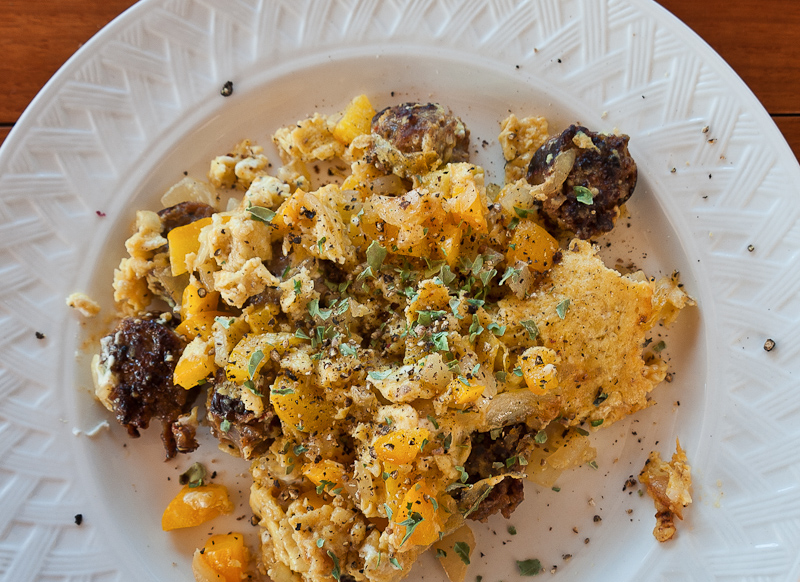
A good hearty breakfast before rounding Cape Caution
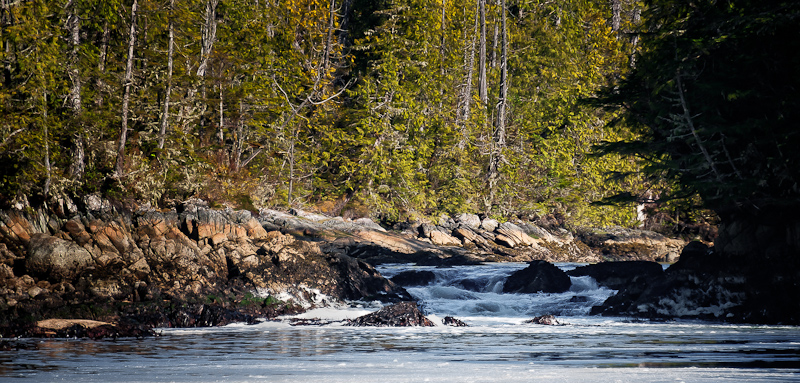
Entrance to the north lagoon at full outflow
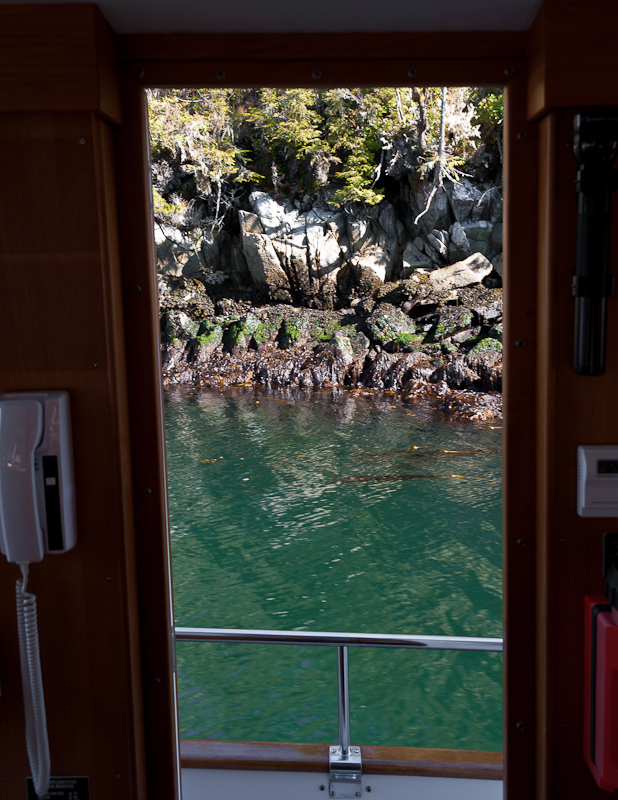
The channels in some locations are narrow but deep. Here we are in 50 feet of water with the shore only 15 feet to starboard. It feels strange at first, but you get used to it.
Here are the buoy reports at 4am. Many say to not round the Cape if the seas at West Sea Otter are greater than 1.5 meters. However West Sea Otter is out to sea and the other two islands are on the route. With that report of seas rippled, that was the deciding factor.
Buoy Reports:
West Sea Otter: SE4 Seas 1.7 meters, low westerly swell
Pine Island: Calm, Seas rippled
Egg Island: SE4 Seas rippled
The reports were spot on and though the seas were a bit confused at Slingsby, we had timed avoiding the ebb correctly and we made our way around the Cape in comfort. The outside air temperature was only 52.2F, but the combination of sun and light winds almost made you want to sit outside on the bow.
Again, there is not much traffic to be seen. We did see a large tug towing a monstrous barge of logs, going the opposite direction. The barge sported two cranes for loading and unloading. The only other traffic we saw in Queen Charlotte Sound was on the AIS. The cruise ship Island Princess was in range of the AIS but out of sight as she headed north for our ultimate destination of Ketchikan, Alaska.
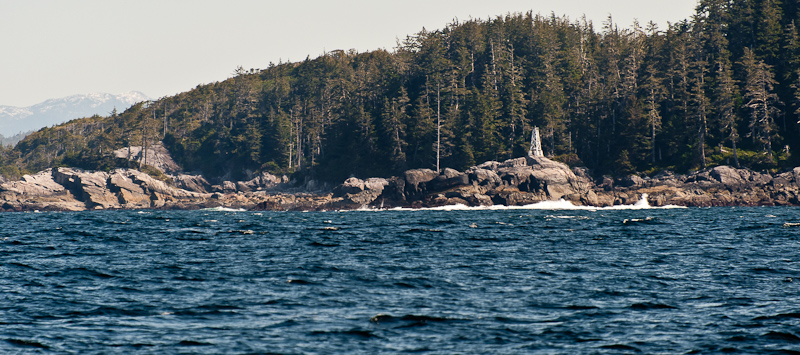
The light at Cape Caution. Somehow I expected something more given the reputation of the Cape
It was only as we approached our destination that we saw a couple of fishermen tending their crab pots in Browning Channel.
The entrance to Fly Basin in Takush Harbour is spotted with rocks, but they are well charted and the channel you see on the charts provides a fair passage although it does have a couple of doglegs to contend with. You are rewarded as you arrive in Fly Basin, a large but well protected anchorage with good holding. We dropped in the hook in the east end in 33 feet, expecting to lose about 8 more feet at low tide.
We were happy to have amended our earlier plan to go all the way to Ahclakerho Channel, we were ready to drop the hook and bask in the sun. We did a couple loads of laundry and about 5pm, a small boat with two kayaks aboard joined us in the anchorage. We had curry chicken salad for dinner, Karen’s all time favorite, and then watched via Satellite TV some Jon Stewart and Steven Colbert before heading to bed.


